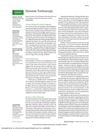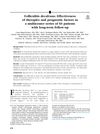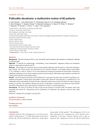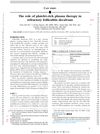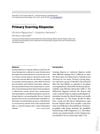Clinical Characterization and Treatment Response of Folliculitis Decalvans Lichen Planopilaris Phenotypic Spectrum: A Retrospective Series of 31 Patients
February 2024
in “
Acta dermato-venereologica
”
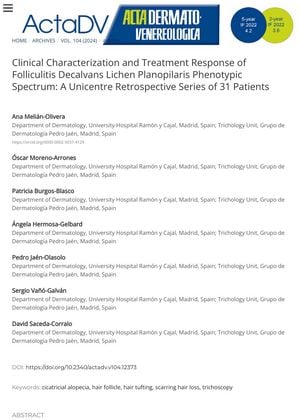
TLDR This type of hair loss is probably often missed and treatments reducing inflammation might work well.
The study examined 31 patients (20 females) with folliculitis decalvans and lichen planopilaris phenotypic spectrum, a type of cicatricial alopecia. The most common symptom was an isolated plaque of alopecia (61.3%) in the vertex, with trichoscopy showing hair tufting with perifollicular white scaling in all cases. The duration of the condition was linked to large plaques (grade III) of alopecia (p = 0.026). It took an average of 5.2 years to transition from the classic presentation of folliculitis decalvans to the phenotypic spectrum. Topical steroids (80.6%), intralesional steroids (64.5%), and topical antibiotics (32.3%) were the most used treatments. Nine clinical relapses occurred after an average of 18 months. The study concluded that this type of alopecia is likely underdiagnosed and treatment with anti-inflammatory drugs used for lichen planopilaris may be effective.
